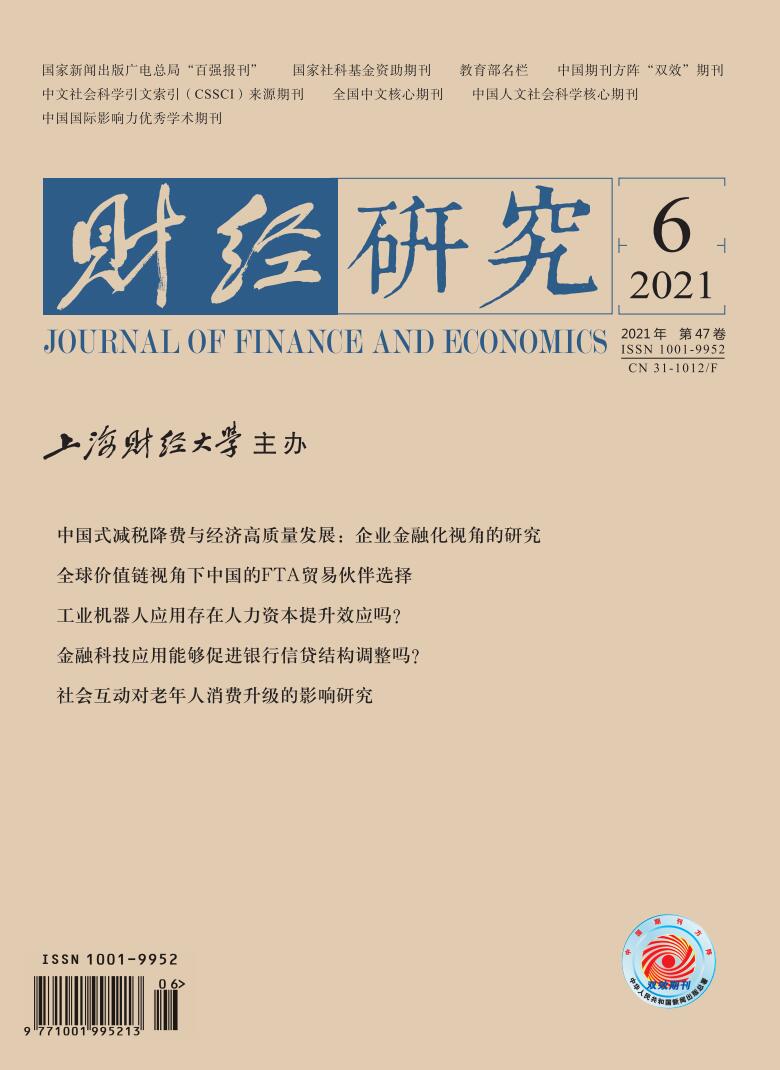In recent years, a large number of non-financial enterprises in China have been engaged in financial activities, and the national economy has obviously introduced the trend of “from reality to deficiency”. In China’s policy portfolio, tax and fee reduction policies, as an important part of supply-side reform, undertake the important historical mission of prudently coping with economic downturn risks, enhancing China’s economic resilience and ensuring high-quality development of the real economy. Therefore, scientific evaluation of the impact of tax and fee reduction policies on reversing the over-financialization of the economy is of great significance for further scientifically optimizing the design of fiscal policies to guide industrial capital flows and constructing a policy combination system supported by fiscal policies and monetary policies as well as synergistic and effective modern macro governance mechanism.
This paper takes A-share non-financial listed companies from 2012 to 2018 as the research object, uses the tax data of prefecture-level cities to construct the measurement indicators of tax and fee reduction, and explores the policy performance and mechanism of tax and fee reduction policies at all levels in guiding the economy to “get rid of deficiency and return to reality” with the relevant local regulations of tax and fee reduction and the characteristics of administrative district endowment of prefecture-level cities. It is found that tax and fee reduction has a significant restraining effect on enterprise financialization, and the effect is more intense in enterprises with non-state-owned property rights, non-manufacturing industries, central and western regions, cities with relatively backward per capita income and small-scale enterprises. The mechanism research shows that tax and fee reduction can effectively weaken the motivation of “investment substitution” and “entity intermediary” of enterprise financialization, but it has no obvious influence on the motivation of “reservoir”. Further research shows that the restraining effect of tax and fee reduction on enterprise financialization is conducive to promoting enterprises’ physical capital investment, while the promoting effect on innovation investment is not obvious.
The marginal contribution of this paper may be as follows: Firstly, it directly focuses on the impact of tax and fee reduction on enterprise financialization, which provides a new perspective for the study of economic financialization. Secondly, in terms of research tools, the instrumental variables designed in accordance with local regulations and administrative division endowments in this paper are a useful attempt for the research methods of such policies. Thirdly, in addition to verifying the effect and mechanism of tax and fee reduction on economic financialization, it also analyzes the heterogeneous effect of tax and fee reduction policies to restrain the economy “from reality to deficiency”, so as to provide a practical basis for the lean fiscal policy of “one industy, one region, one enterprise”.





 5659
5659  5886
5886

